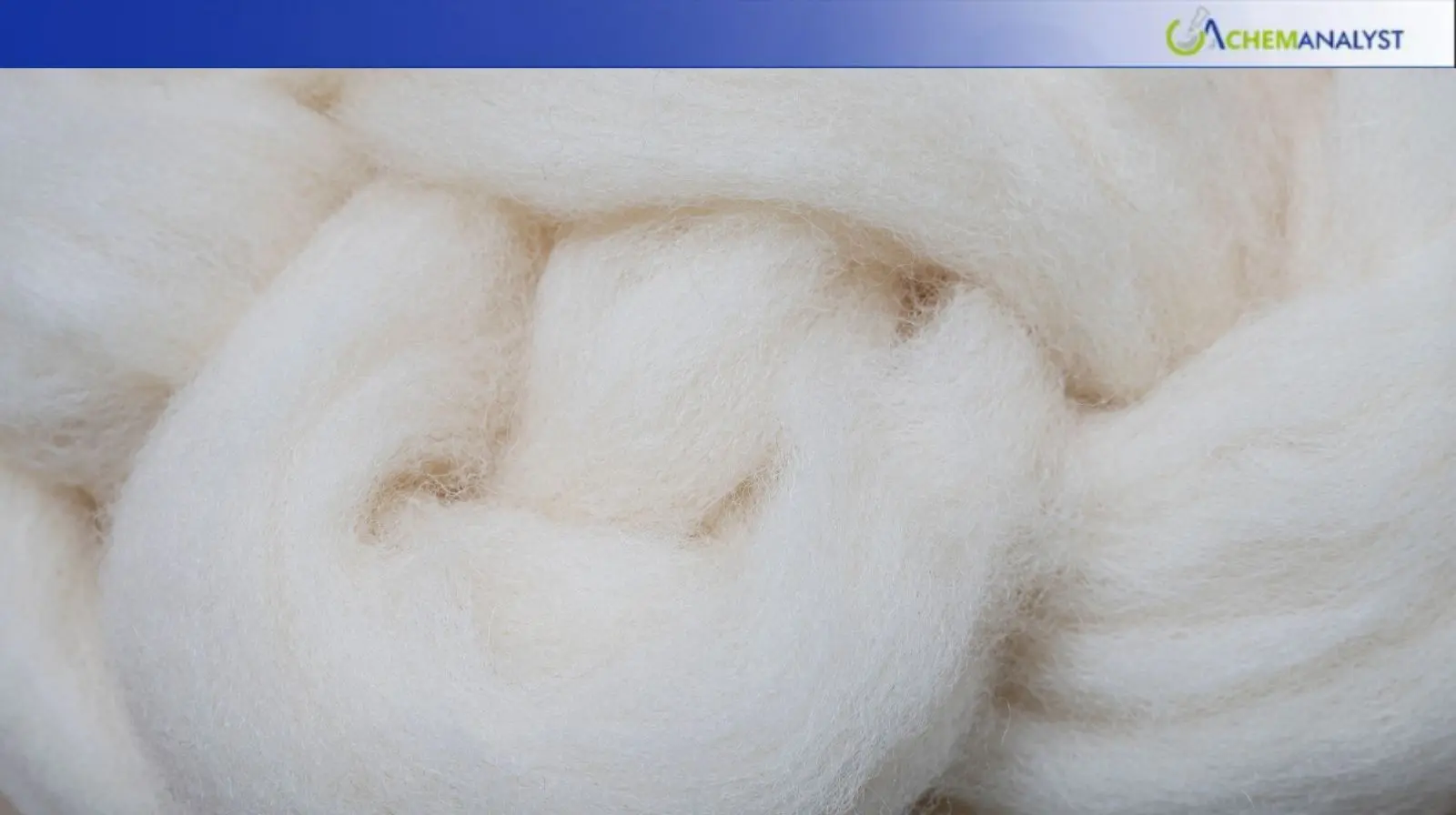Welcome To ChemAnalyst

Prices for the Viscose Staple Fiber (VSF) witnessed a varied trend across the key global market during early October 2025. The price growth for the VSF remained muted amidst the soft market conditions. This is mainly attributed to the supply and demand dynamics, feedstock market conditions and the influence of the tariff which has changed trade significantly. VSF in US market witnessed a balanced price trend with marginal fluctuations amidst limited downstream inquiries. European market for the VSF experienced a sharp decline due to the weak demand from the domestic as well as from overseas market and low-cost support. While the VSF prices across the Asian market witnessed a balanced price trend, influenced by the muted market sentiments amidst the traditional off-season and US tariff.
In the US market, VSF market remained steady and declined by 0.5%, influenced by the limited inquiry from the downstream sectors. Supply for the VSF was also constrained slightly due to the economic uncertainty, reducing the purchasing sentiments. It was further related with the tariff related delays, as of now, tariff on imports from China, Bangladesh, Vietnam, India and Pakistan are ranging from the 15-50%.
Across the European market, prices for the VSF witnessed a bearish trend. VSF price declined by 1.3% in German market during the week ending on October 10, while it remained steady during the early week. This is mainly associated with the weak demand and the insufficient cost support from the feedstock market. Despite the improved export sentiments in September, textile and apparel business remained weak.
In the Asian market, particularly China prices for the VSF remained stable during the early October 2025.
Supply for the VSF remained ample, supported by the enough inventory and the insufficient cost support from the feedstock market. Feedstock dissolved pulp prices fluctuated marginally while the prices for caustic soda trended downward.
On the demand side, downstream textile industry witnessed a weak demand dynamic. There was no substantial improvement from the downstream and procurement were only needed based. Influence of the Golden September peak season was weak this time which drove the feedstock and finished goods negatively.
Looming tariff concern also continued to influence the market. On October 10, US President announced a 100% on the Chinese exports, effectively from November 1st, which will double the exporting costs to US. As of now, the combined tariff on yarn products has exceeded 50%. General Administration of Customs reported that textile and apparel exports declined in September by 1.4% on yearly basis and 3.6% monthly basis.
We use cookies to deliver the best possible experience on our website. To learn more, visit our Privacy Policy. By continuing to use this site or by closing this box, you consent to our use of cookies. More info.
